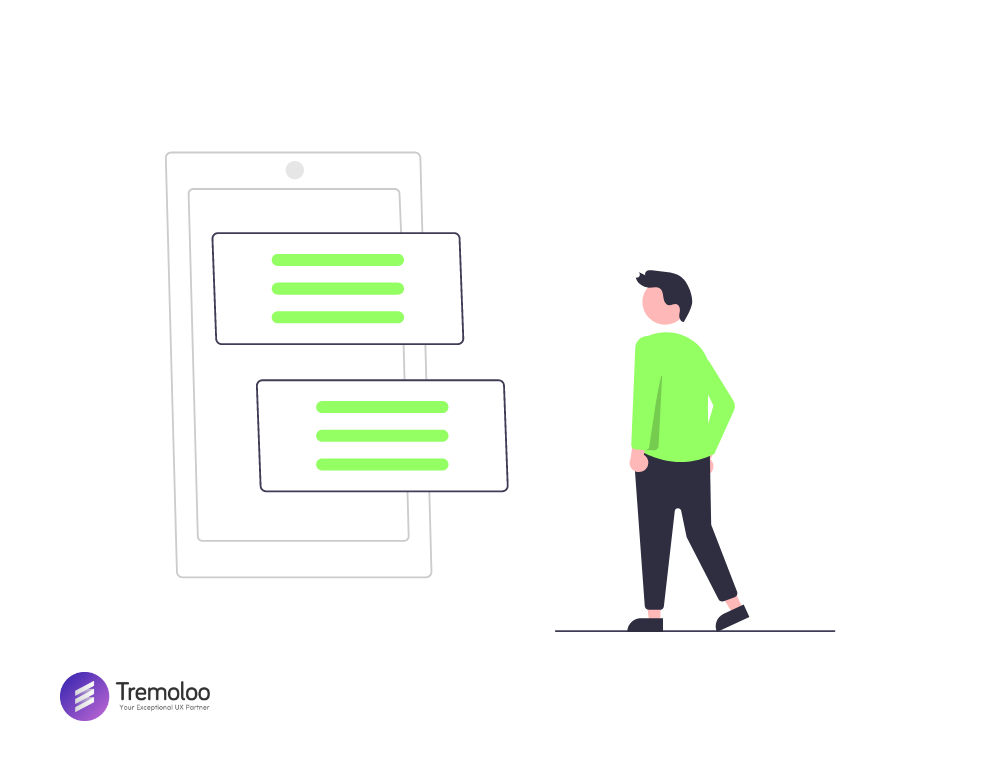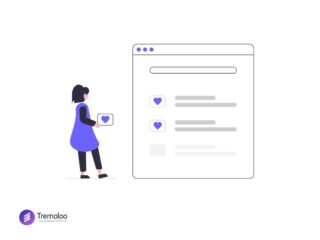
Even though people are used to scrolling down web pages, why are there still times that they don’t do it?
In usability testing, we often observe people not scrolling down a page even when there’s more content to consume below. They think that this is all available. This causes them to miss out helpful information and sometimes abandon the site altogether.
Certain design patterns lead people to believe that they’ve seen all there is on the page, and of course, this isn’t true. So this becomes a big usability problem. When the visible content on the screen appears to be complete, and the only content available, we call this the illusion of Completeness.
What causes this illusion?
The biggest mistake I see is a large graphic or video that consumes the entire height of the browser window. Doing this pushes relevant content far down the page, below the fold.
This design is especially misleading when it includes a prominent call to action, like a Get Started button. Users land on the page, see this huge image with a single button to sign up, and believe they can’t get any information without clicking that button.
Other design elements that can create this illusion of Completeness are:
– Distinct horizontal lines.
– Large gaps of white space between content elements.
– Any other interruptions in the content flow.
These visual pauses create what is commonly referred to as “false floor,” and can trick users into thinking it’s the end of that page.
Pages should be designed to avoid these types of content breaks and instead communicate continuation to get users to engage further and scroll.
Reference: https://www.nngroup.com/videos/illusion-completeness/




1 Comment